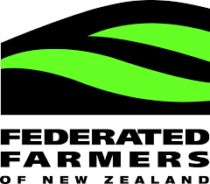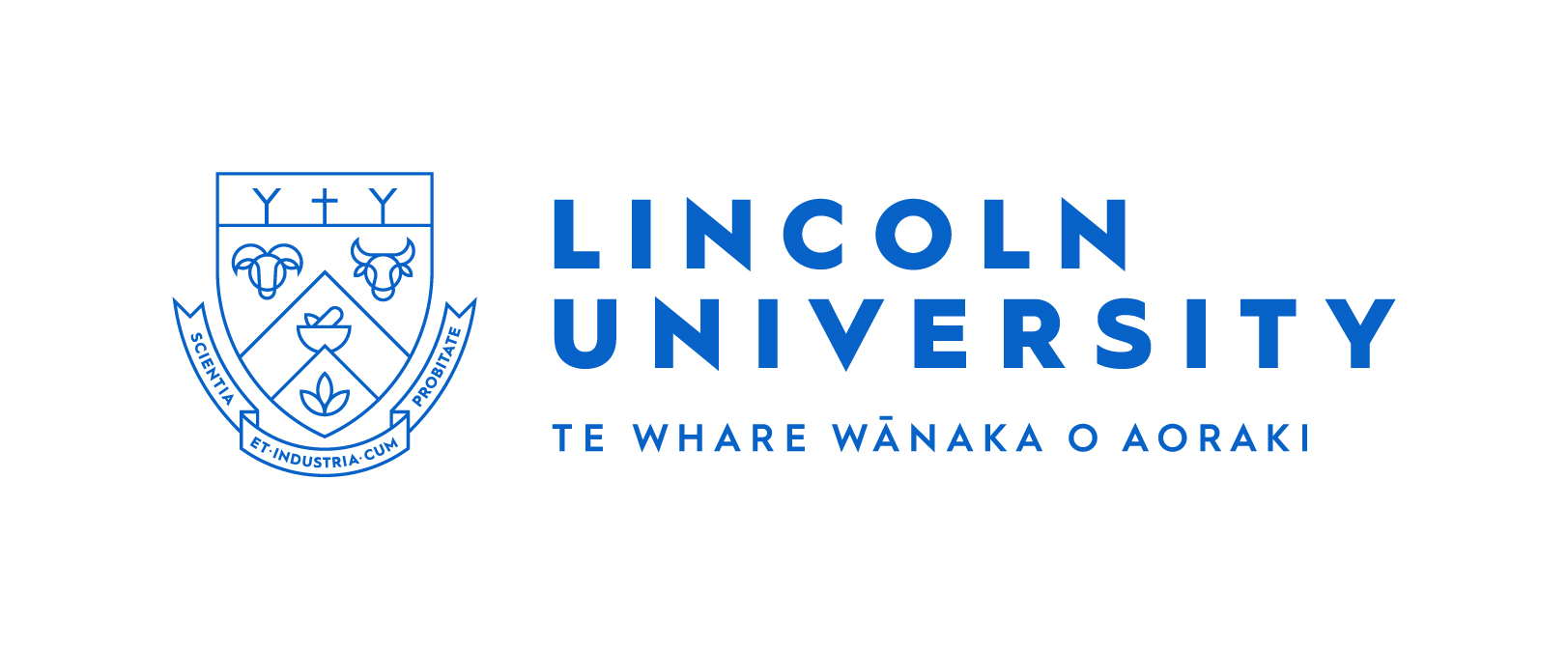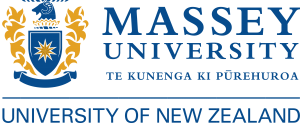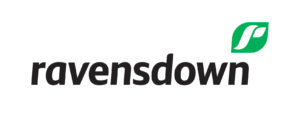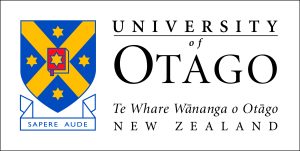The Environmental Protection Authority has decided to phase out the use of methyl bromide gas by 2033.
Methyl bromide is a toxic and ozone-depleting biosecurity tool, used internationally to kill pests. India and China require its use on logs they receive from New Zealand.
Under the phase-out programme, ship-hold fumigation will be banned from 1 January 2023.
This rule change recognises it is not possible to recapture methyl bromide during shiphold fumigation. Moreover, the risks to human health and the environment outweigh the benefits.
Operators using methyl bromide while the bans are phased in will be required to provide annual reports to the EPA about their activities in greater detail than before, to ensure actions are being taken to reduce methyl bromide emissions. This information is additional to the existing requirements administered by WorkSafe NZ.
The EPAs Decision-making Committee is encouraging continued negotiations with international trade partners to reduce and eliminate the use of methyl bromide and explore acceptance of alternatives.
Methyl bromide is permitted for use in quarantine and pre-shipment fumigation. Fumigation of logs and timber exports accounts for 92% of methyl bromide use in New Zealand.
Total log exports were worth $3.61 billion in the year to June 2021, according to the Ministry for Primary Industries. In 2018, 22% of all exported logs were treated with methyl bromide.
In 2010 the EPA’s predecessor, the Environmental Risk Management Authority, set a 10-year deadline for industry to effectively achieve full recapture of methyl bromide. This meant that operators using the fumigant would have to ensure that it was not released into the environment.
In 2019, however, a timber industry group, Stakeholders in Methyl Bromide Reduction (STIMBR), applied to the EPA for a reassessment of methyl bromide on the basis that full recapture was unachievable with current technology.
Public consultation began in mid-2019, and a hearing was held in August 2020. All documents relating to the modified reassessment, including submissions, are available on the EPA’s website.
The reassessment decision sets a significantly higher recapture performance requirement than requested by the applicant, as the committee considers that industry must be encouraged to invest in strategies to reduce methyl bromide emissions.
The Science Media Centre asked experts to comment on the EPA’s decision. Here are the responses:
Dr Olaf Morgenstern, Principal Scientist – Atmosphere and Climate, NIWA:
“The Montreal Protocol is the international treaty, signed in 1985, which seeks to phase out ozone-depleting substances such as methyl bromide. Importantly, it has provided exceptions for ‘quarantine and pre-shipment’ uses, which essentially mean that logs and some other commodities exported from and imported into New Zealand continue to be fumigated using methyl bromide.
“In fact, despite the Protocol calling on countries to work towards minimising its usage, NZ’s usage of methyl bromide has grown sharply over the past 10 to 20 years, thanks mostly to soaring exports of logs, making NZ one of the biggest remaining users of this gas, despite the comparatively modest size of our economy.
“EPA’s decision to phase out this usage is in line with our obligations under the Montreal Protocol; it is serving notice that it’s time to get serious about alternatives. Globally, industrial emissions of methyl bromide have fallen considerably over the past two decades, particularly in Europe which now regularly reports zero emissions, making the New Zealand emissions look particularly incongruous.
“EPA’s decision is sending the right signal to industry which now needs consider alternatives. Whatever insecticides are used instead, however. could also have negative impacts on the environment or human health.”
No conflict of interest
Dr Belinda Cridge, toxicologist, Institute of Environmental Science and Research (ESR):
“In my opinion, the outcome of the reassessment is a somewhat pragmatic decision by the New Zealand Environmental Protection Agency (NZ EPA) which highlights the pressing need for relevant research into recapture technologies and replacements for methyl bromide.
“Methyl bromide is used as a fumigant to control insects and its use has grown since the previous EPA assessment in 2010. Methyl bromide is a neurotoxin, respiratory toxin, and possible carcinogen (rated as not classifiable as to its carcinogenicity by the International Agency for Research on Cancer in 1999). It is also a potent greenhouse gas and is regulated under the Montreal Protocol, which directs that methyl bromide’s use in developed countries should be phased out.
“The NZ EPA has acknowledged both the human and environmental toxicity associated with this chemical and has tried to balance this with commercial concerns, essentially resulting in a delayed phase-out period for methyl bromide’s recapture and replacement.
“The NZ EPA decision highlights the need for research to ensure re-capture technologies or alternatives for use in New Zealand are developed urgently to avoid further ongoing risk of toxicity to humans and the planet from methyl bromide use.”
Conflict of interests: “While I have no conflicts through my work or academic interests I am married to a scientist employed at Scion within the entomology team. I have no direct knowledge of Scion’s research into methyl bromide, its re-capture or replacements but I would anticipate that employees of Scion are actively involved with this research.”
Professor Ian Shaw, Professor of Toxicology, University of Canterbury:>
“NZ signed the Montreal Protocol – an international treaty to protect the ozone layer. It was originally negotiated in 1987, but has had numerous revisions, including the addition of methyl bromide in 1990 with a view to its complete phase out by 2005.
“Despite this, NZ has extended the use of methyl bromide for export wood fumigation several times. This is unacceptable both on environmental (we claim to be clean and green) and human health grounds, and because we reneged on an international agreement.
“What are the implications of our continued use of methyl bromide? There is no doubt that it is an important compliance pesticide for our wood export industry and so has economic benefit. However, on the risk side, it is amongst the most powerful ozone depleters, it is highly toxic to humans at high doses, and at low repeat doses it can have long-term neurological effects.
“The way methyl bromide gas is used in our ports is highly questionable: good practice dictates that it should be vented high into the atmosphere to minimise human exposure. In NZ, it is often released into tarpaulin-covered log piles, and then because the gas is heavy it accumulates in low areas around the port. This means that human exposure is likely.
“The EPA’s decision to phase out methyl bromide by 2033 is 28 years overdue, and is another example of the EPA putting unacceptable weight on primary industry economics in their risk assessments.”
No conflict of interest declared.
Dr Laura Revell, Senior Lecturer in Environmental Physics, University of Canterbury:
“Methyl bromide is toxic to humans and damaging to the stratospheric ozone layer, which protects us from harmful UV-B radiation. The use of methyl bromide is controlled by the Montreal Protocol on Substances that Deplete the Ozone Layer, however it is exempt from the Protocol when used as a fumigant for quarantine and pre-shipment purposes. Nonetheless, Parties to the Protocol are encouraged to minimise the use of methyl bromide wherever possible.
“Various alternatives have been approved for use in other countries, including irradiation, cold and heat treatments, phosphine, sulfuryl fluoride, ethanedinitrile, and ethyl formate. When it comes to international trade, replacing methyl bromide is not straightforward since the alternative needs to be approved as a fumigant by both countries involved.
“New Zealand plans to prevent methyl bromide emissions from escaping into the atmosphere by implementing technology to recapture emissions. Previously a 10-year deadline was set to do so; until 2020. Given that the 2020 deadline was not met, and has now been extended out to 2033, it is difficult to get a sense of how seriously the new deadline will be heeded or enforced.
“As New Zealand is the fifth-largest user of quarantine and pre-shipment methyl bromide, reducing our emissions will make a difference globally. Atmospheric modelling shows that reducing methyl bromide emissions would accelerate healing of the ozone layer. Therefore, the decision to extend the phase-out of methyl bromide weakens the contribution that New Zealand makes to solving a global environmental issue, along with prolonging local issues relating to air quality and health.”
No conflict of interest.
Sources: Environmental Protection Authority and the Science Media Centre

